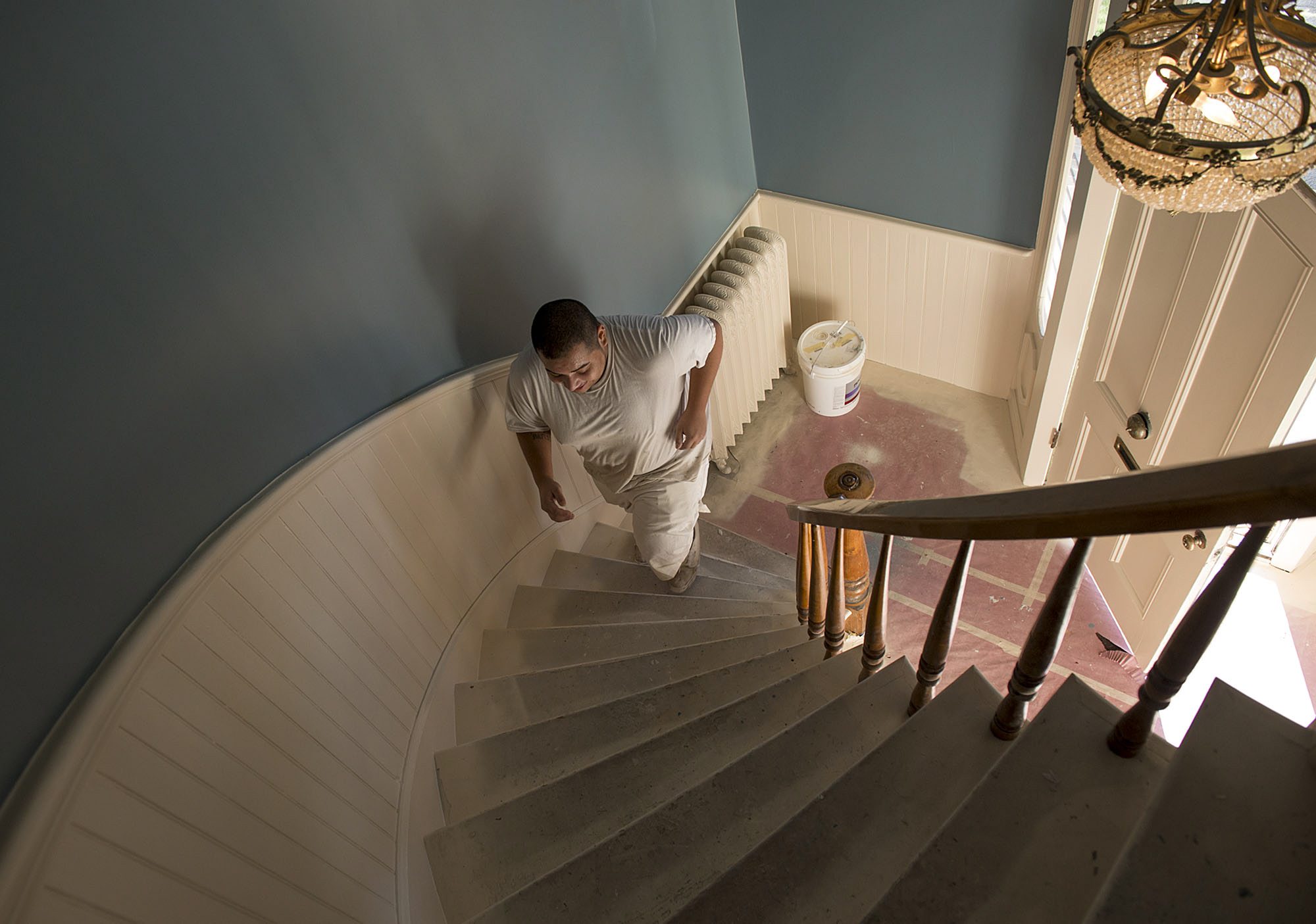Oldest building sites in Clark County
The 10 oldest building sites listed on Clark County’s Registry of Historical Buildings:
1. Fort Vancouver: Established in 1824 by the Hudson’s Bay Company as headquarters and main supply depot for the fur trade west of the Rockies. The historical buildings were destroyed by a fire in 1866, but replicas of many of them have been erected. Other buildings around the reserve site date back to 1849.
2. Parkerville Landing Site: David C. Parker settled here, on Lady Island at the confluence of the Washougal and Columbia rivers, in 1845. The site had been a settlement for Native Americans, early explorers and settlers, and Parker built a small dock there to receive supplies and accommodate riverboats floating along the Columbia River. When Parker died in 1858, Lewis Van Vleet — father of Dr. Louisa Wright, the county’s first female doctor — became the estate and ferry’s part-owner.
3. Officers Row: The 21 houses along the Fort Vancouver parade grounds were built from 1846-1906. The houses — many made with high ceilings, large entry ways and bay windows and other amenities — were designed for higher-ranking officers. The Grant House, built in 1846, is the oldest house and is named after President Ulysses S. Grant, who once worked in the house.
4. Covington House: Anne and Richard Covington came to Fort Vancouver to teach Hudson’s Bay Company employees’ children. The two built a log cabin on a 640-acre “donation land claim” in the Fourth Plain area in 1848 and established a boarding school. Anne ran the school while Richard tended the farm. The couple’s log cabin, which has since been moved to 4201 Main St. in Vancouver, was said to have been known as a local hub for music; they brought the first piano to the Pacific Northwest and taught music to area children.
5. Lancaster House: The house was built in 1850, and the Southern Colonial-style mansion is the oldest frame mansion in Washington. All the turned wood inside — the banisters and newel posts — was shipped around Cape Horn, and the furnishings were brought across the country by ox team in 1849. There, Thomas Lancaster, chief justice of the Supreme Court of Oregon, hosted Ulysses S. Grant, as well as Chief Umtuch and members of his tribe. The house, also called the Columbia Lancaster House, now serves as offices for the Plas Newydd Farm conservation program and has been owned by the Morgan family since 1941.
6. Slocum House: The house, since moved one block to save it from demolition, was built in 1867 and is the only building left from what was a residential section of old Vancouver. Charles W. Slocum and his wife, Laura, built the house, which sits on land originally sold for $225 in 1849.
7. John Stanger House: What started as a simple two-room house on the banks of the Columbia River, estimated to have been built in 1867, is thought to be the second-oldest home in the county. Stanger came to the area in 1838 as a millwright for the Hudson’s Bay Company. The house remained in the Stanger family until the 1960s.
8. Packard House: Before coming to Fruit Valley, Benjamin and Emma Packard were involved in prune farming, logging and sailing and ran a small business in downtown Vancouver. The home was built in 1873.
9. Providence Academy: The former orphanage and school, also called the House of Providence, was designed and built by Mother Joseph of the Sacred Heart. The building was finished in 1873, and when it stopped functioning as a school, Mother Joseph’s order sold the building, its outbuildings and the land they sat on to the Hidden family in 1969. Mother Joseph persuaded Lowell Hidden, the Hiddens’ ancestor, to manufacture the bricks used in the Georgian architecture-inspired structure.
10. Cedar Creek Grist Mill: The George W. Woodham family and A.C. Reid built the mill in 1876. The mill runs even today, and visitors can watch the mill at work and pick up flour (donations encouraged).
Not listed here is the Sara Store. According to the county, the store was built sometime in the mid-1800s, making it hard to rank. It’s one of the last vestiges of the Sara community, which sat between today’s Felida area and Ridgefield. Sara once had a sawmill, cheese factory and a general store/post office.




